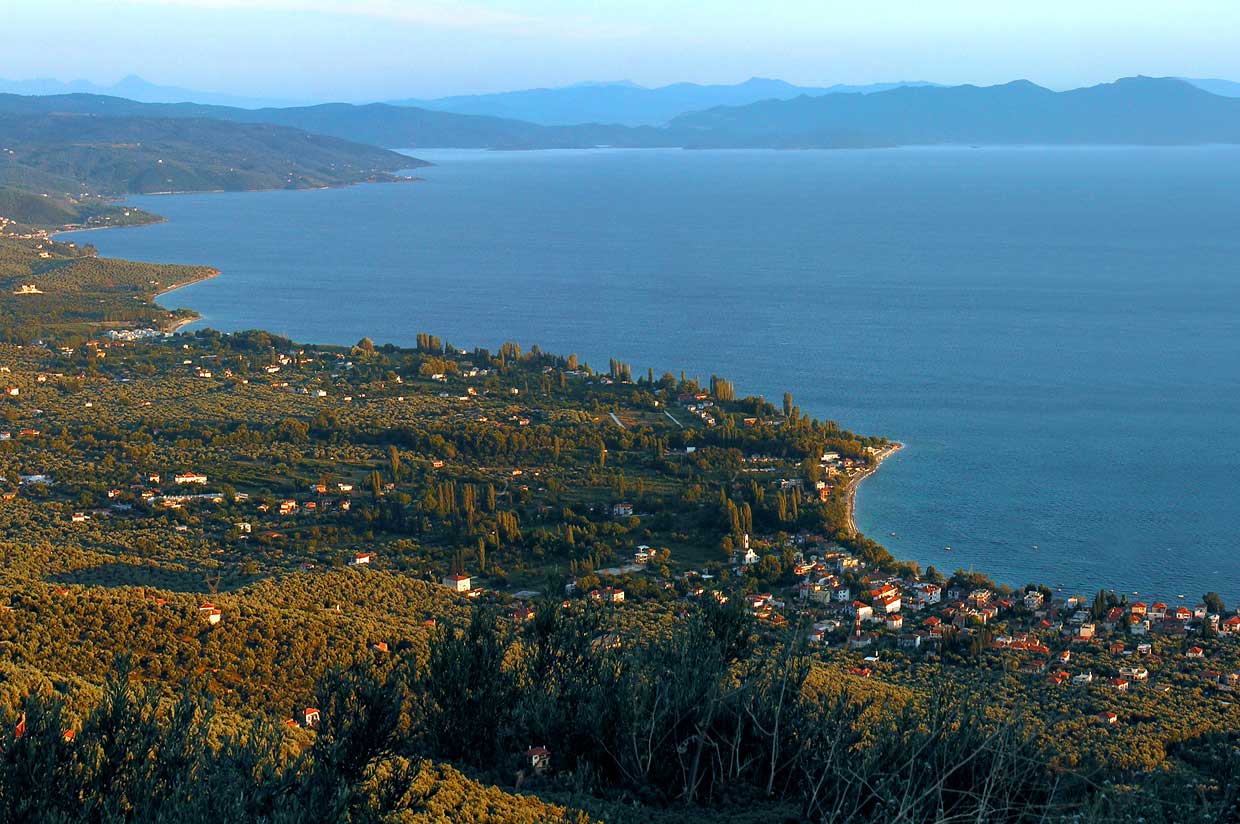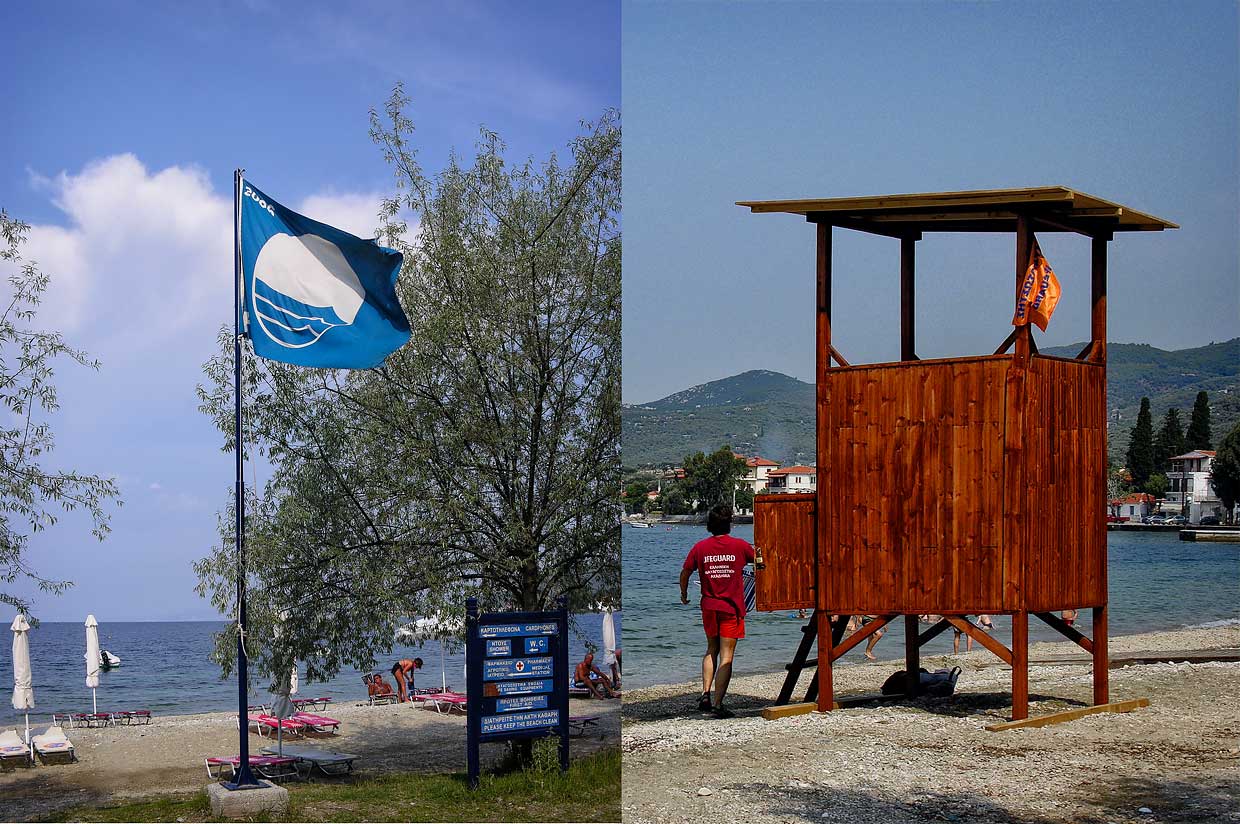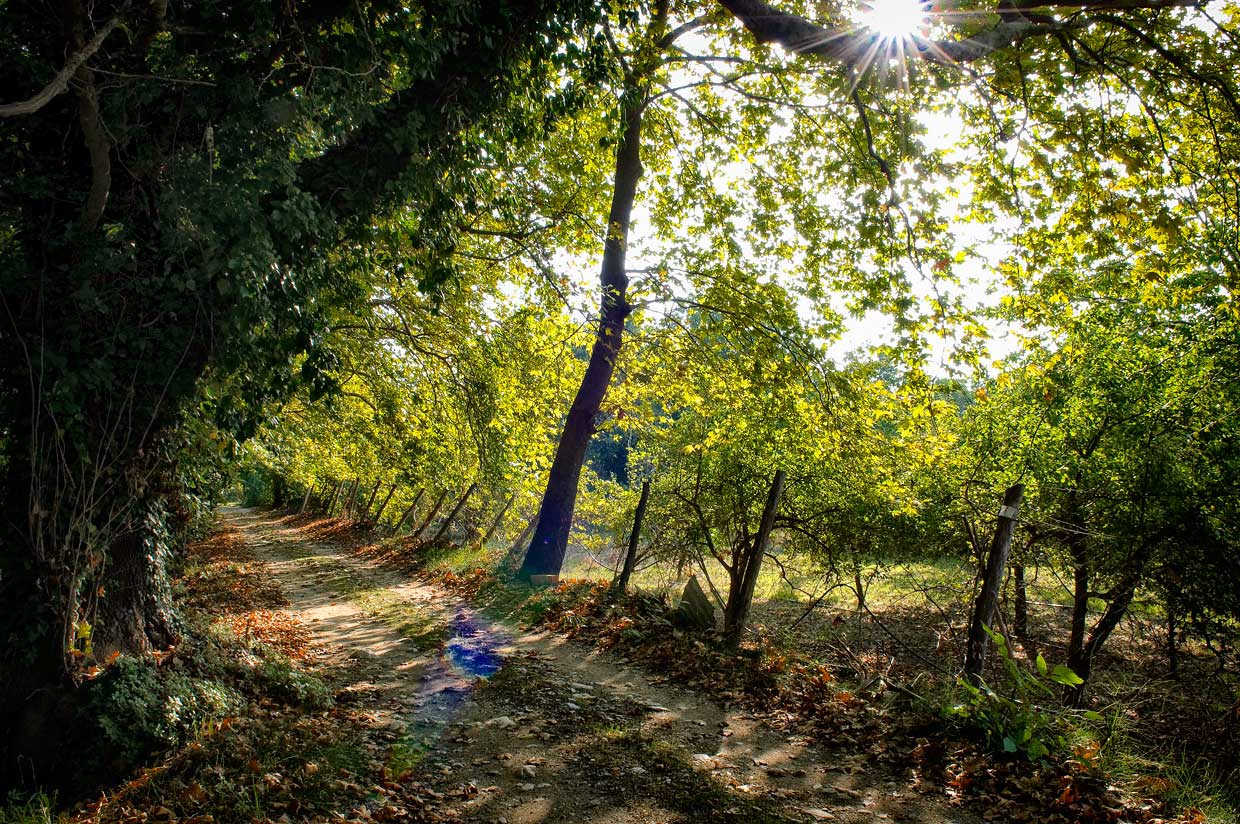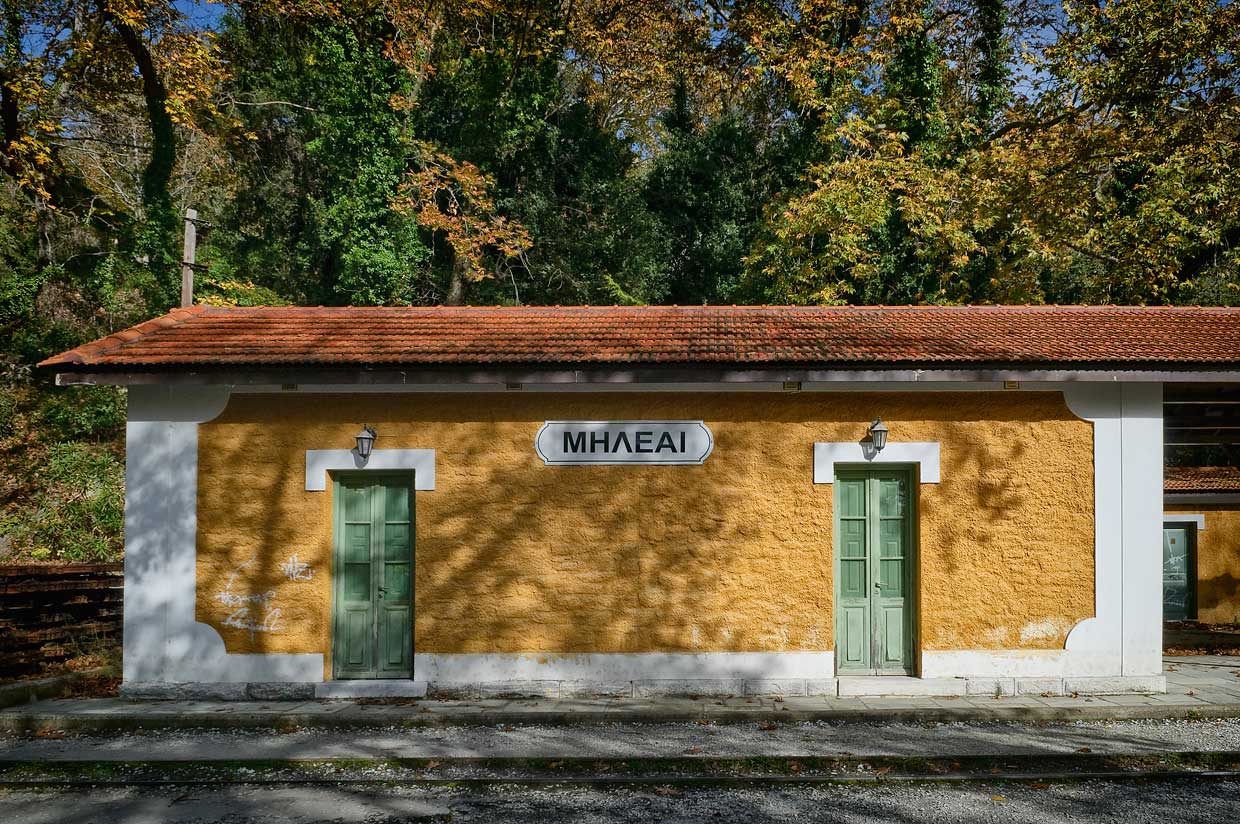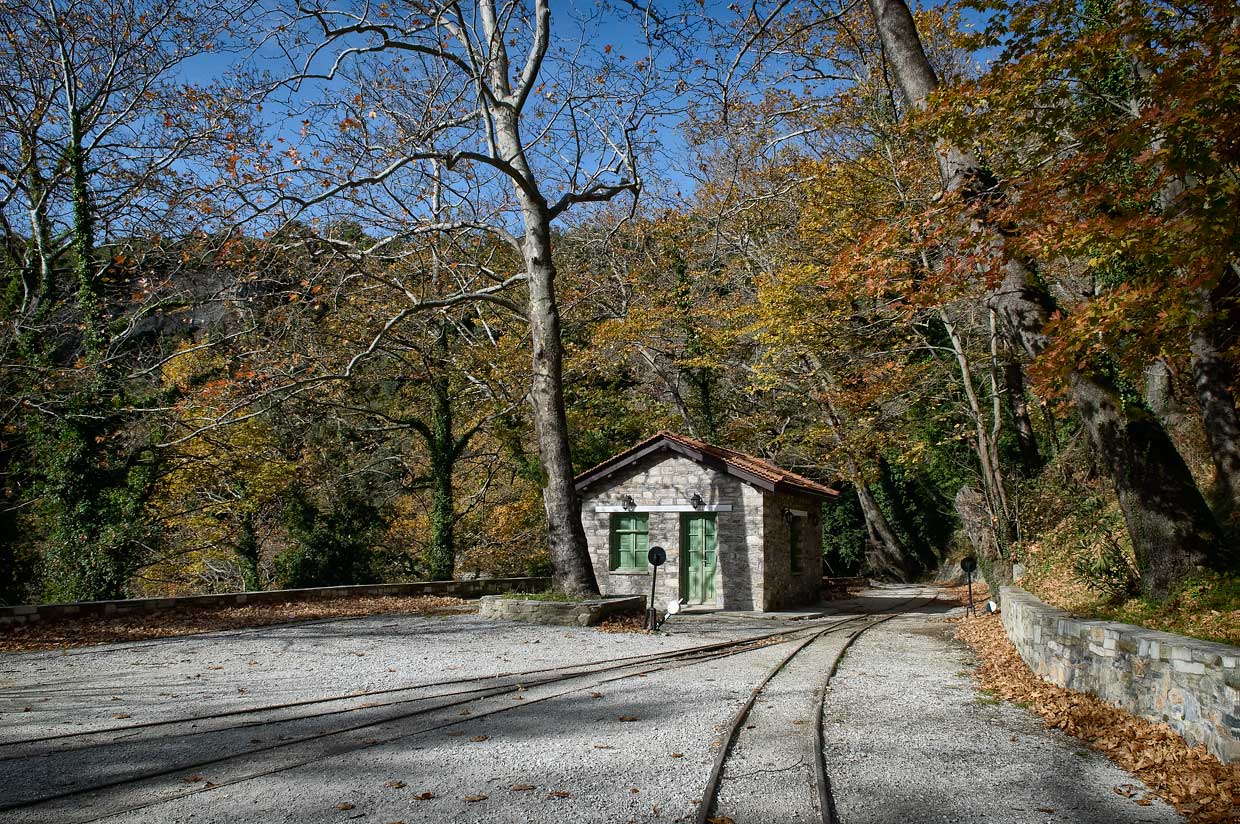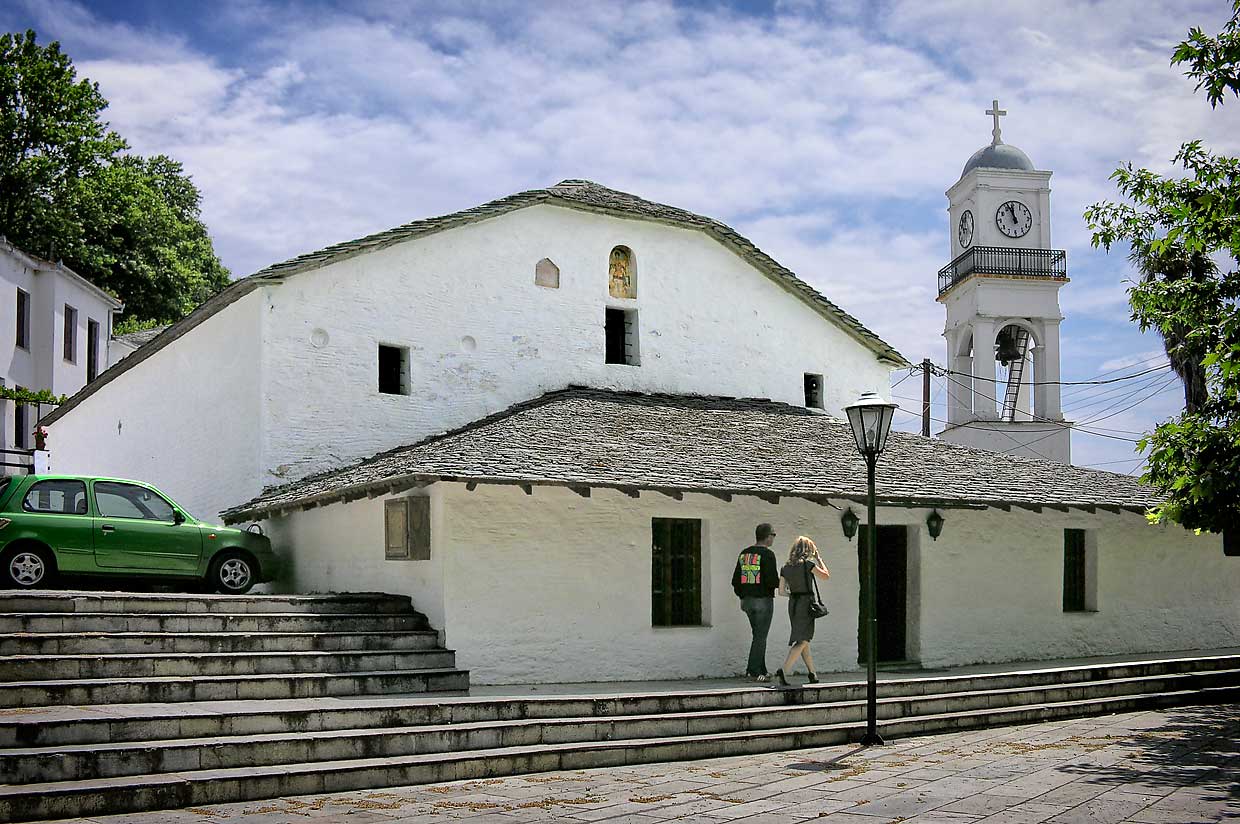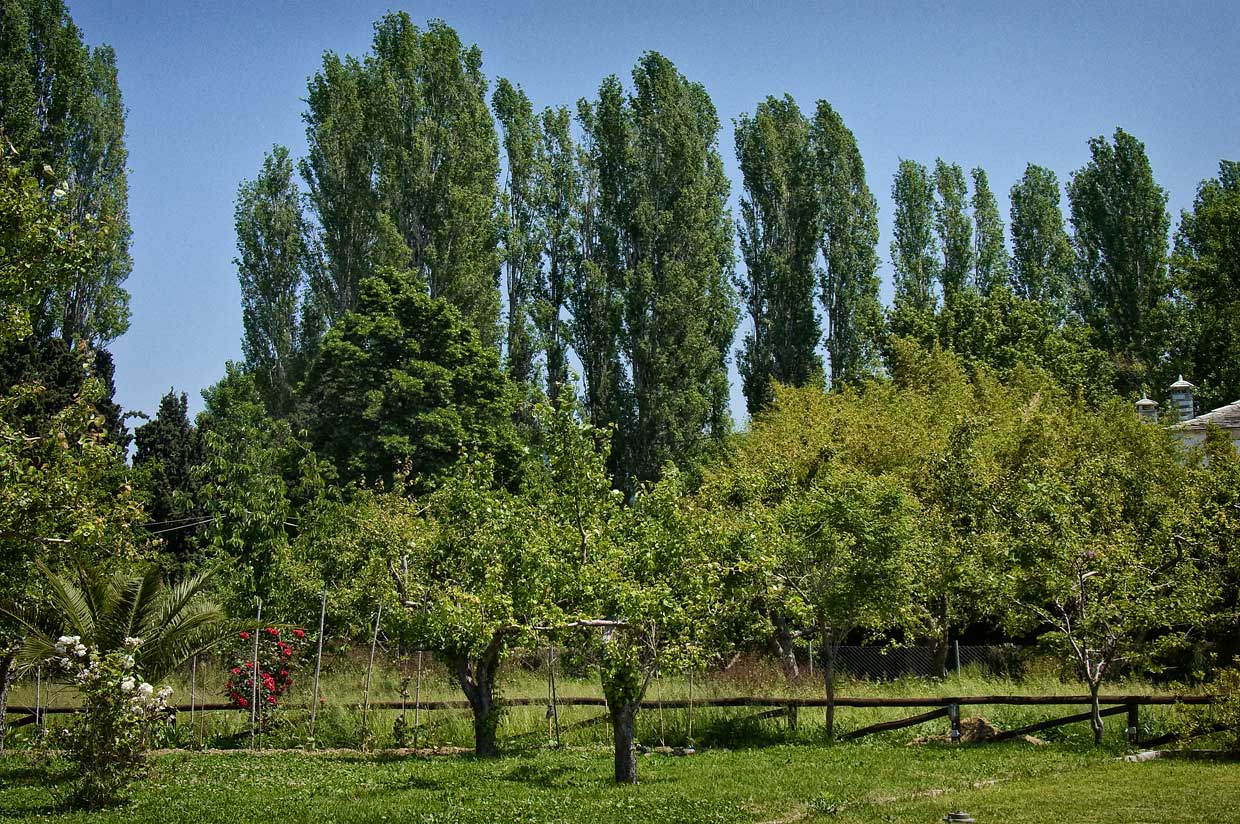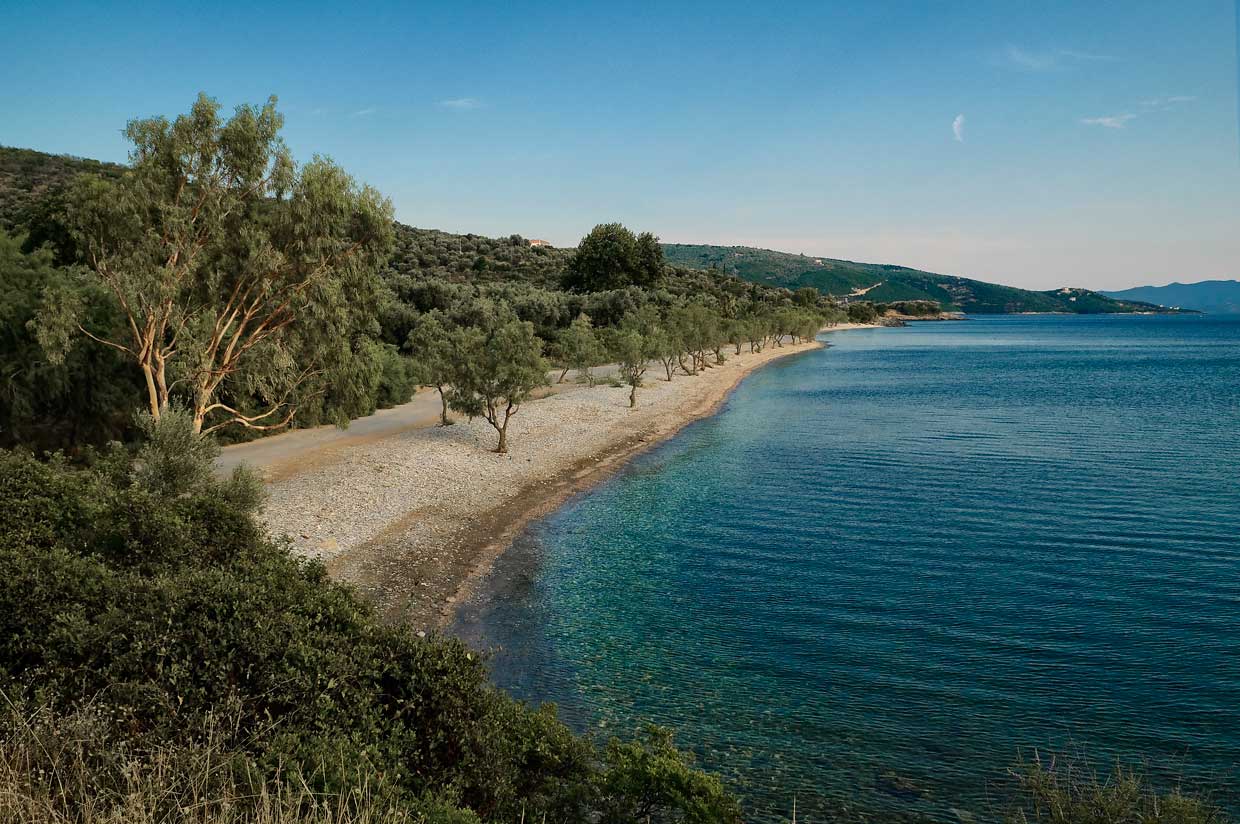What to see
The Pelion peninsula
Pelion is internationally known for its beautiful natural environment, the quality of its infrastructure and the traditional features encountered throughout the area, especially the architecture of the old mansions, the structure of villages and settlements, and the aesthetics surrounding the everyday life and the local culinary traditions of the area.
The area was inhabited from early historical times and has consequently accepted and assimilated many cultures and traditions, all of which have made their own special contribution to the unique culture of Pelion.
Pelion supports dense forest and is the home of the mythical Centaurs; the area is loved both for its beauty and its ideal position. It is centrally situated in the heart of Greece, close to major airports, with the added advantage of a large commercial port and a rich road network, attracting those who wish to settle in a place that combines the simplicity and purity of nature with the facilities provided by a modern infrastructure.
From AINARETI you can make excursions to all corners of the “Mountain of the Centaurs.” It is located at Kala Nera, close to Koropi, Milies, Vyzitsa, Agios Georgios and the main roads of Pelion.
Kala Nera
Kala Nera, an old fishing village, is now one of the most important tourist resorts of Magnesia. It is situated at the foot of Mount Pelion, about 20 kilometres from Volos. The main characteristics of the area are its calm, clean sea, the well-organised Blue Flag* beach, and its excellent location in central Pelion. Kala Nera is a place full of life but also an ideal destination for families with for the children.
The well-developed tourist infrastructure is another advantage of Kala Nera. The resort is supported by a variety of hotels, restaurants, tavernas, bars, cafeterias, commercial shops, and car, scooter or bike rentals. There is also a pharmacy, a community clinic, public services and an ATM. Public transport is regular, with intercity buses to and from Volos, excellent for those who don’t have their own transport.
What you will see
Very beautiful gardens with fruit trees, vines, vegetables and flowers as well as huge magnolias on the far side of the settlement, all flourishing as a result of the rich, well irrigated subsoil of the region. One of the most notable features is the Belegrino area, with its attractive stream. There are also traditional pathways leading to some of the highland areas.
Koropi
Koropi is a beautiful seaside village, 21 kilometres from Volos, between Kala Nera and Afissos, where you can find the well-organised, sandy beach of Boufa, in the Pagasitikos Gulf. The village has plenty of recreational areas and restaurants and is ideal for swimming and walks.
What you will see
You can see the place called Ramnos, where the ancient temple and the oracle of Apollo used to be. You will also find the settlement of Paliopyrgos, which is the site of the ancient city of Koropi.
Milies
Milies is 28 km away from Volos, the capital of Magnesia, and is one of the better-known villages of Pelion, and also the centre of the municipality. It has 1,500 permanent residents and is set in the glorious green surroundings of the Milies valley. The village has a great mythological and historical tradition and offers a large variety things to see, a fact which has helped it to become one of the most significant Pelion destinations.
Milies is the homeland of Anthimos Gazis, Grigoris Konstantas and Daniel Filippidis, and is a place steeped in tradition, with a history of trading, art and culture. Milies is also a place where the flag of the revolution of 1821 was raised. In Milies, you can find a well-established school, the Public Library and also the end-of-line station for the Pelion train, “Moutzouris”.
What you will see
Well-preserved mansions, buildings and cobbled paths, the so-called kalderimi which are scattered around the village, among which the historical pathway that connects the village square with the train station. You can also see fresh water springs, churches, apple trees, olive trees, chestnut trees and many beautiful gardens.
Visit the Public Library of Milies which houses over 3,500 rare books, manuscripts, letters, the teaching material of the school and the original flag of the revolution raised by Anthimos Gazis.
The Folklore Museum with an important collection of folklore art, clothes and other material.
The Taxiarhes Temple with its innovative construction and unique religious paintings.
The train station of “Mountzouris”, and the iron bridge, built in the early 20th century by Evaristo De Chirico. St Nicolas Temple, where you can find the tombs of Anthimos Gazis, Grigorios Konstantas and Daniel Filipidis.
Milies High School, which was built on the site of the old Milies School, and the stadium with its amphitheatre-like seating.
